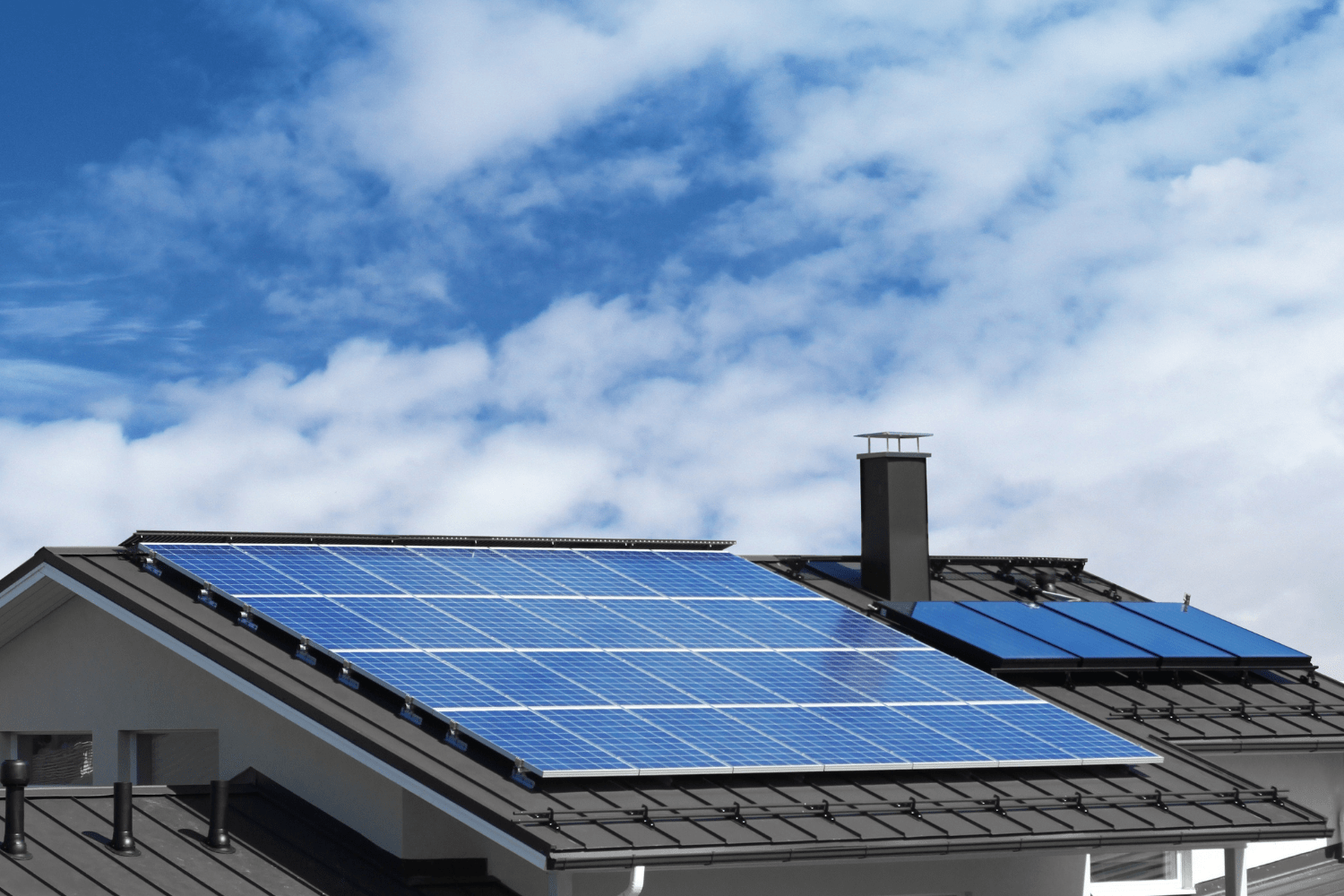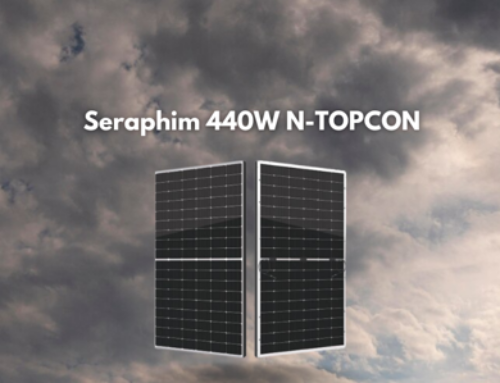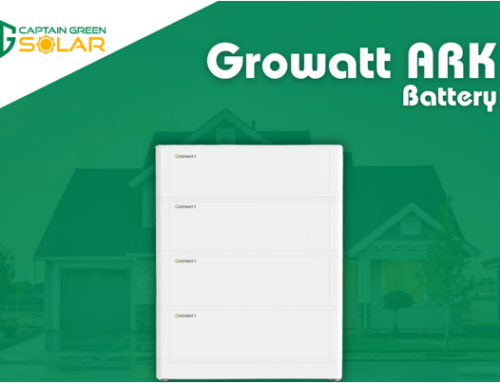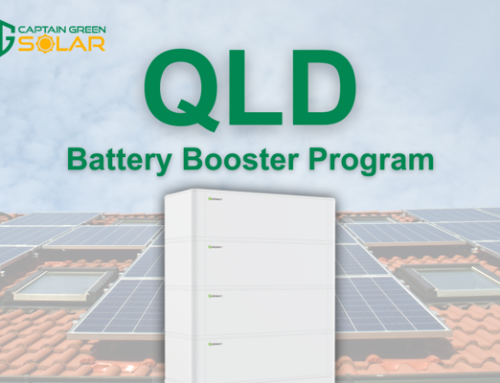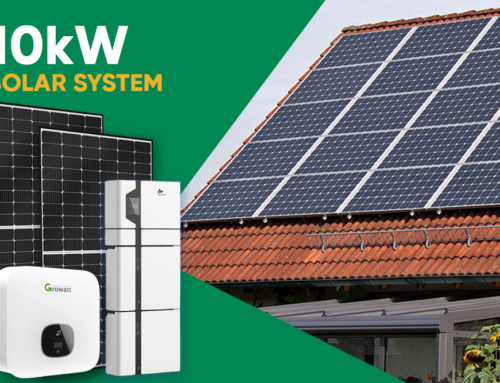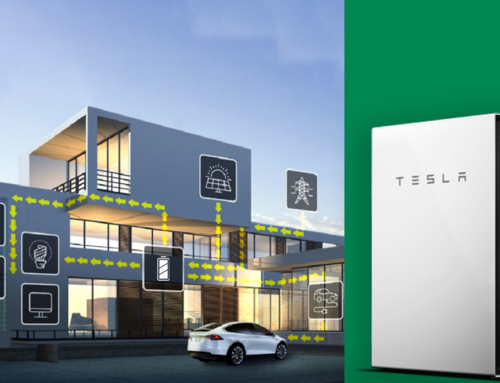You may be wondering, “does temperature affect solar panel efficiency?” Well, the short answer is yes!
As we all know, Australian summers can get quite hot, to say the least. Sometimes, it’s all you can do to make it to the pool and back as the heat saps every fibre of energy out of your body. Just like the human body, solar panels function best when operating under an optimal temperature. If solar panels get too hot, they are prone to overheating. If this happens, solar panel efficiency decreases considerably, affecting its ability to draw energy from the sun.
Captain Green is of the belief that solar power is a valuable investment for everyone, not just for the savings on electricity bills you can make, but also the extensive list of environmental benefits solar provides.
Without further ado, let’s go ahead and run you through the best weather for solar panels so that you’re aware of just how does temperature affect solar panels and the benefits gained from harnessing the optimal temperature for solar panels.
How Does Temperature Affect Solar Panel Efficiency?
The sun can produce twenty thousand times more power than the amount of energy that would be required to supply the entire world’s electricity needs. Solar panel systems derive energy from sunlight, utilising photovoltaic (PV) technology to convert the sun’s energy into useable flows of electricity and as such, represent an unlimited source of renewable energy.
Most of us would assume that the stronger the sun is, the more electricity is produced from our solar panels. However, this is not the case. In fact, excessive heat can actually cause a decrease in performance and energy output from your solar panel systems. As the temperature of a solar panel increases, the energy output is reduced, and thus overall power generation is negatively affected.
Why? This occurs because solar panels work by utilising photons to ‘excite’ electrons within the semiconductor. If a solar panel is already warm, electrons within the semiconductor have, for the most part, already been excited. Thus, the overall voltage that the solar panel can generate is lowered. Moreover, the silicon that is commonly found in solar panels speeds up this process of heat building in solar panels on hot days, which doesn’t help.
As heat reduces the overall energy output of solar PV modules – it could be helpful to know just how much performance is being lost. Thankfully, this measurement can be determined through the solar panel’s temperature coefficient.
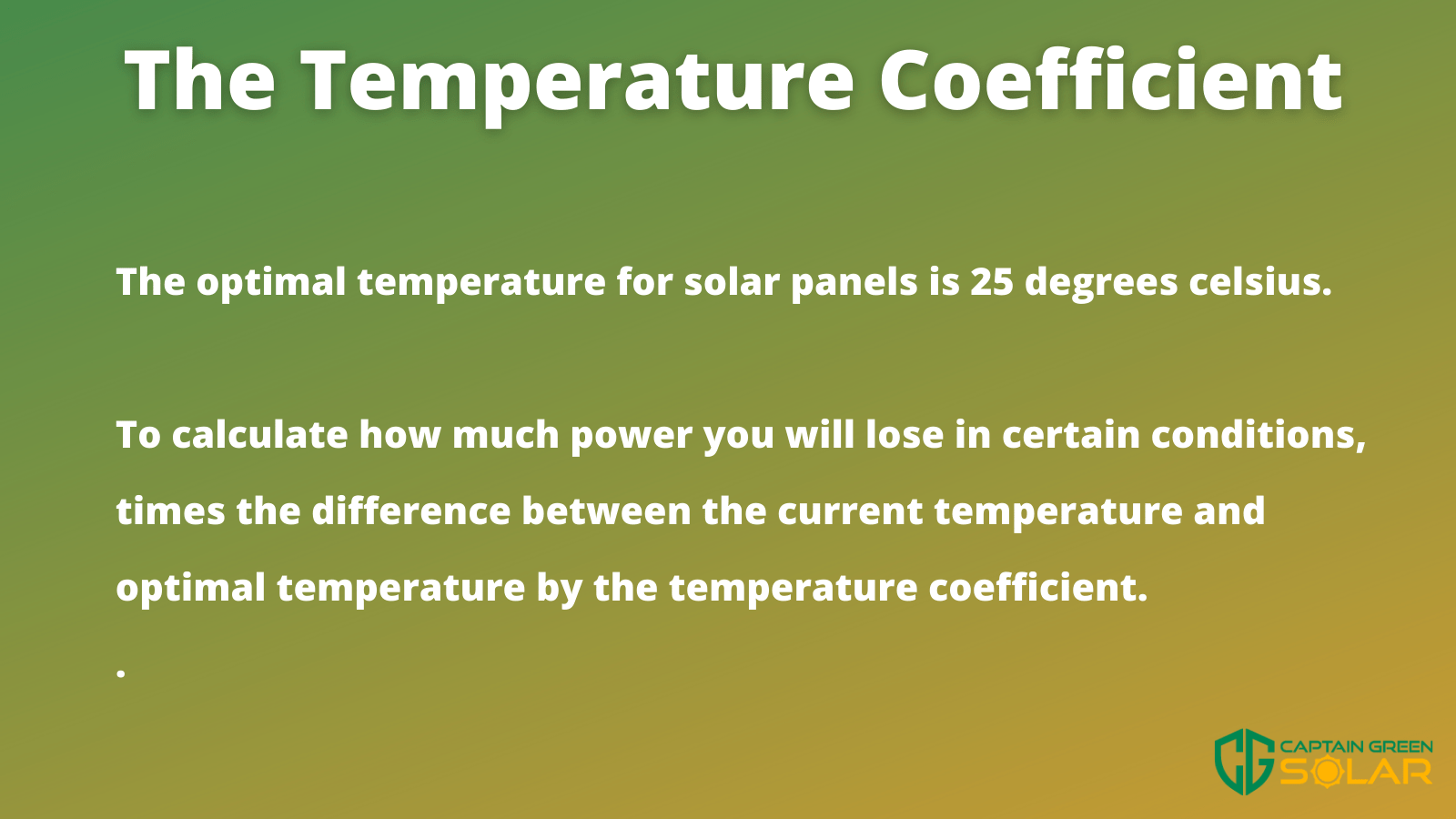
Understanding the Temperature Coefficient
The temperature coefficient represents the rate at which your solar panel will underperform with reference to each single increase in degree Celsius above the optimal temperature for solar panels.
“When does temperature affect solar panels?” As the optimal temperature for solar panels is 25 degrees Celsius, temperatures begin to negatively affect solar panels when it is measured above 25 degrees Celsius.
All solar panels in Australia are tested at 25 degrees Celsius. The impact of temperature on solar panel systems will vary between manufacturers. As such, all solar panel manufacturers are required to provide the temperature co-efficient figure for their specific solar panel. Some manufacturers have purposefully engineered their panels for Australian conditions in order to operate more efficiently in higher temperatures and have a lower overall temperature coefficient.
Here at Captain Green, we pride ourselves on providing the best solar solutions and packages to our clients. We design our packages based on your specific needs and what you want from investing in solar power. So, whether your primary concern is financial, environmental, or performance-based, we can create a design that maximises your experience. A trusted Australian solar power retailer for over ten years, Captain Green stocks only the best solar panels from trusted manufacturers.
The Optimal Temperature for Solar Panels
In general, most solar panel coefficients range between -0.20 to -0.50 percent, per degree Celsius. In layman’s terms, the closer this number is to zero, the less affected the solar panel is by a rise in temperature. When the temperature coefficient is -0.50 percent, this means that the overall efficiency of the solar panel decreases by 0.50 percent for every degree above the optimal temperature for solar panels of 25 degrees Celsius.
For example, let’s say the current temperature is measured at 32 degrees Celsius. That is a difference of 7 degrees Celsius from the optimal temperature for solar panels of 25 degrees Celsius. To uncover how much your power output will decrease, multiply the difference in temperature by the temperature co-efficient:
7 x -0.50 = -3.5.
Therefore, when a panel’s temperature is 32 degrees Celsius, this solar panel system will experience a 3.5 percent decrease in power output.
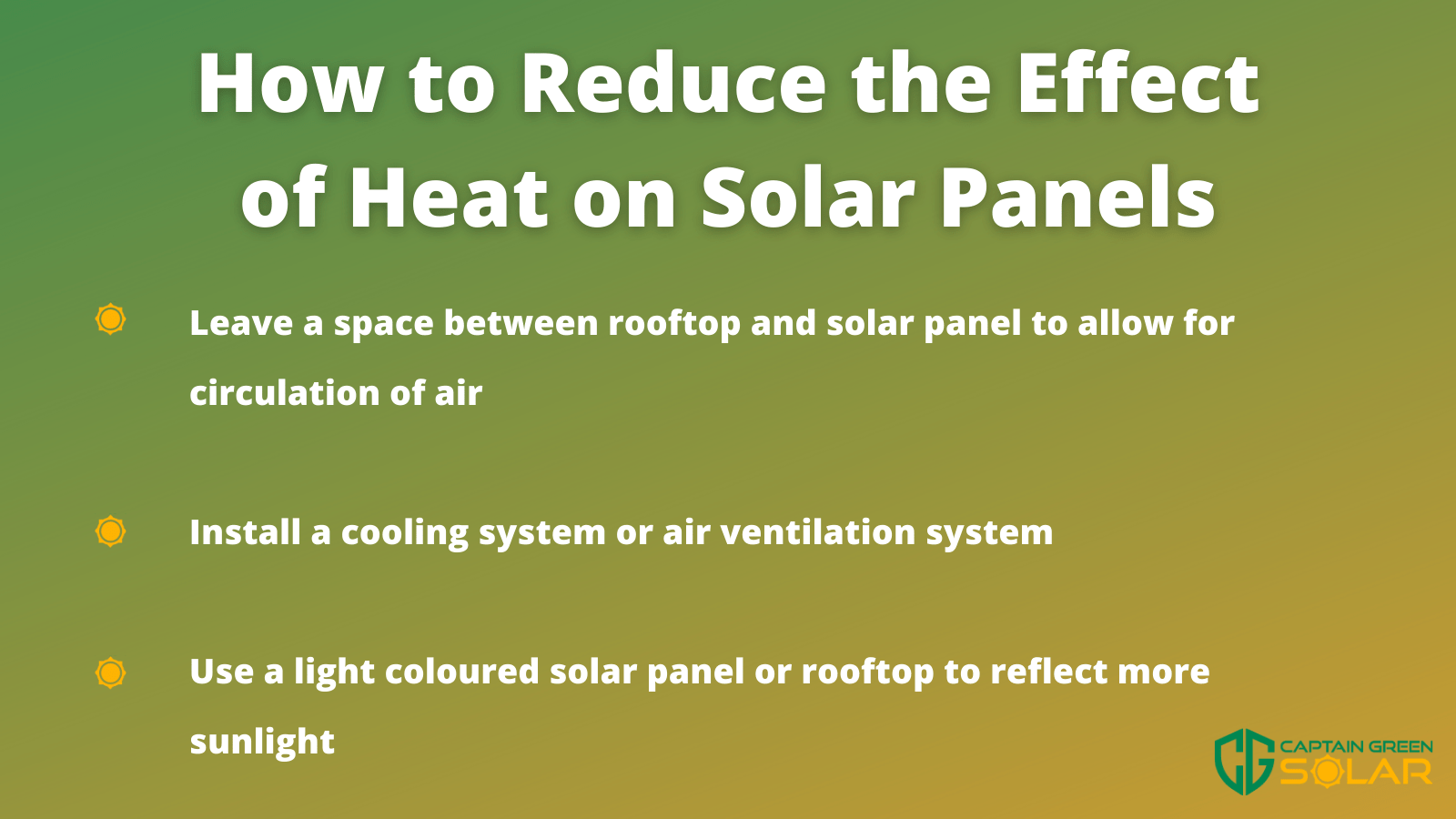
How Do Solar Panels Get Hot?
You may have asked yourself, “do solar panels get hot?” in the past. Depending on the type of solar panel itself, and how it was manufactured, yes – it is possible for solar panels to overheat. When this occurs, the output of solar panels will significantly decrease.
Whilst many solar panels are designed to withstand extreme weather conditions, the optimal temperature for solar panels is also dependent upon an array of external factors such as geographic location, roofing material, the amount of direct sunlight, outside air temperature, the positioning of panels, type of installation and solar irradiance. Therefore, it’s hard to give an accurate estimation of how hot solar panels can get.
It should also be noted that black solar panels, whilst aesthetically pleasing, may not be the most practical solution in the summertime as they absorb more heat than lighter coloured solar panels. Black solar panels are a better fit for cooler climates.
Solar panels are made up of dark-coloured silicon cells covered by a sheet of glass and framed in metal. Silicon and metal are amazing conductors of heat; however, this means that they will negatively influence solar panel performance in warmer climates irrespective of whether solar panel manufacturers and installers have applied preventative mechanisms to combat overheating.
What Can You Do to Reduce the Effects of Heat on Solar Panels?
Now that you’re aware the optimal temperature for solar panels is 25 degrees Celsius, what can you do to stop your panels from getting too hot in certain conditions?
Thankfully, most certified solar panel installers take considerable steps to support the natural cooling of solar systems. In addition, there are a number of practices that are applied to assist solar panel capabilities in unfavourable conditions.
A commonly used tactic is to leave a space of roughly six inches between rooftop and solar panels, allowing for a circulation of air from all angles to cool down the solar panel. Consider the whole surrounding environment when engaging with this – building shape and size, and susceptibility to shade and winds should be considered. Note that leaving a sizeable gap could expose your panels to natural damages in the event of high winds or debris from trees. Alternatively, a ventilation fan can be applied to realise the same airflow circulation without the risk of damage.
As touched on before, light coloured roofing or solar panels can be preferential in warmer conditions as they reflect sunlight at a greater rate.
Water cooling systems for solar panels are starting to become increasingly common due to their effectiveness. However, they are more prevalent in solar power farms rather than in individual use. This solution features a set of pipes along the top of the panel that spray water down the glass surface. In addition, further advancement in solar panel technology has seen some researchers initiate the development of a functionality that will allow solar panels to suck water from air to cool themselves down, mimicking the human ‘sweat’ mechanism.
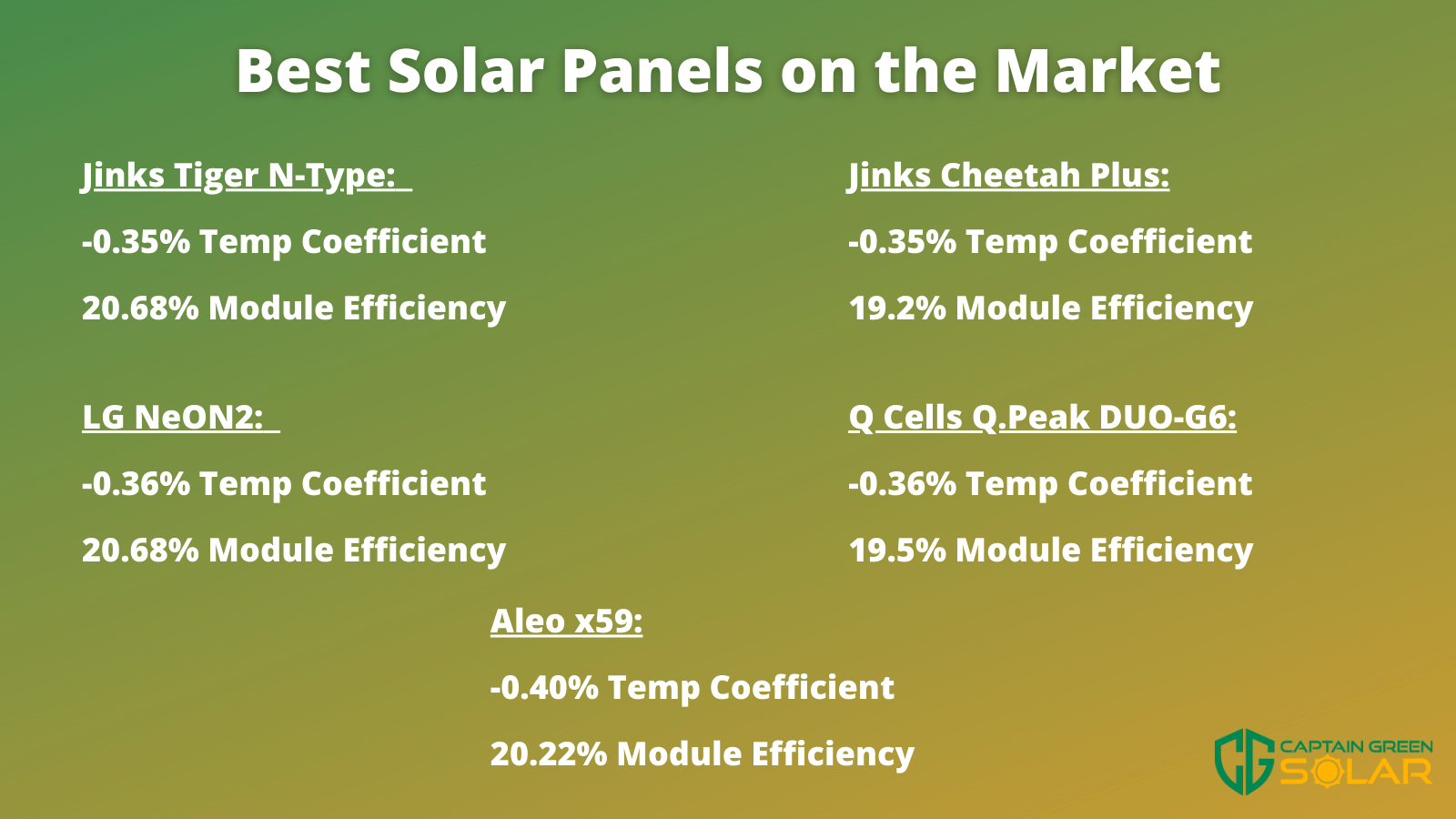
Solar Panel Performance in Colder Conditions
It is often thought that solar power is not as effective in countries with colder climates. However, it can provide the best weather for solar panels, providing the existence of certain conditions. As long as sunlight is present, solar panels will operate effectively – cold temperatures do not affect overall performance.
Shade is the most unfavourable condition for solar panels, as it effectively blocks the ability for panels to absorb sunlight. So even when it’s a day with optimal conditions for maximum output, the shade will effectively negate all solar performance.
When installing solar panels, it is crucial to ensure that shade will not intrude across the surface area of the panels, otherwise performance will effectively be nullified.
Best Solar Panels on the Market
With over a decade of experience installing over 250,000 solar panels, you can be confident in our ability to provide the strongest solar systems at the best value in the market. So whether you need solar packages, panels, inverters, or solar systems, we’ve got you covered.
If you’re interested in setting up your own solar panel system or even upgrading from your current system, we’d love to hear from you. Get in touch with one of our experts today on 1300 361 682 if you’d like to receive a personalised quote, or even just ask some more questions!

